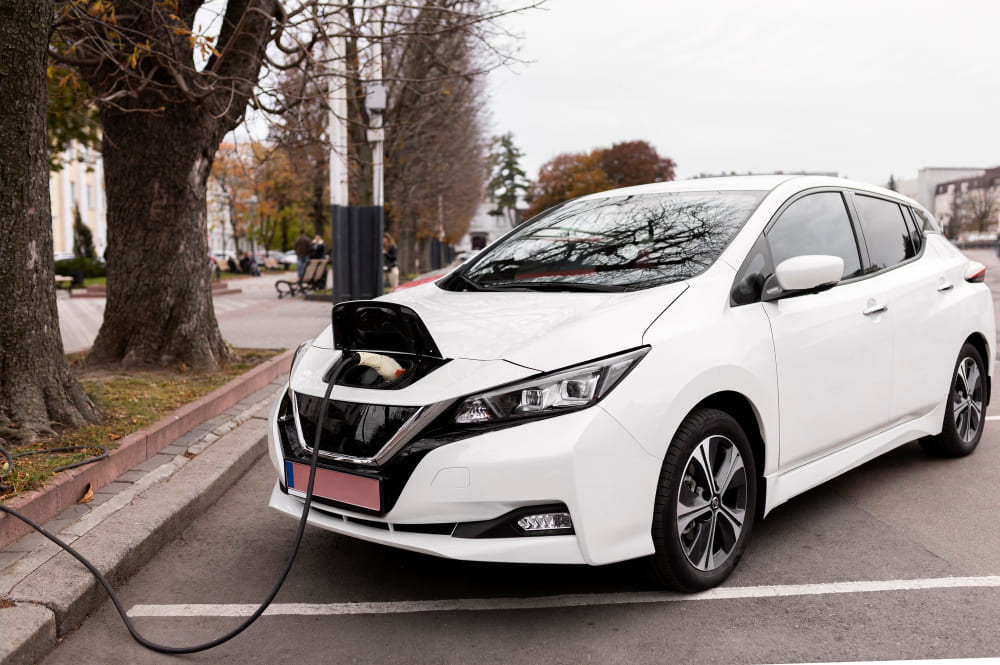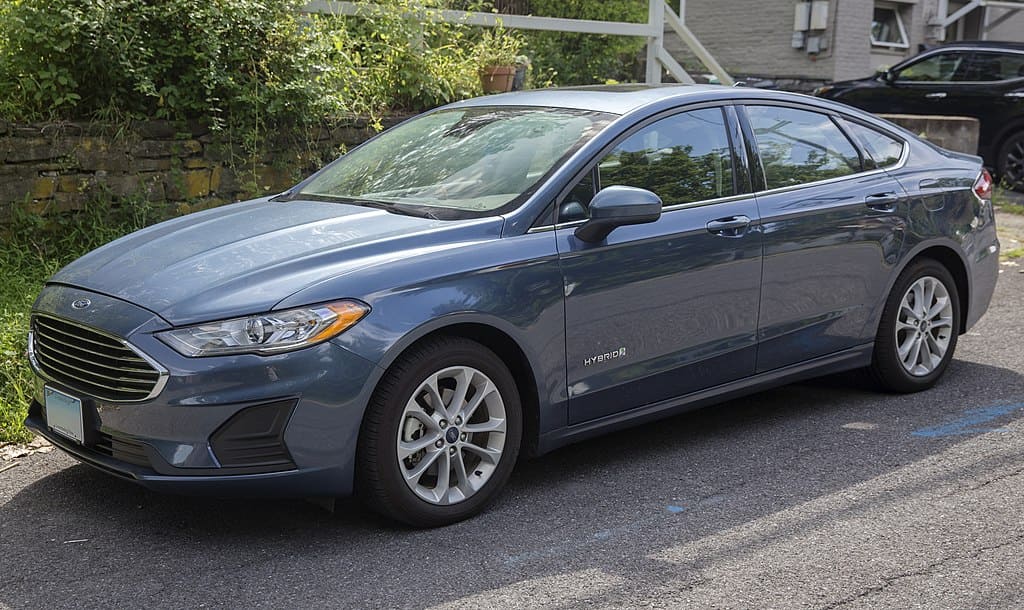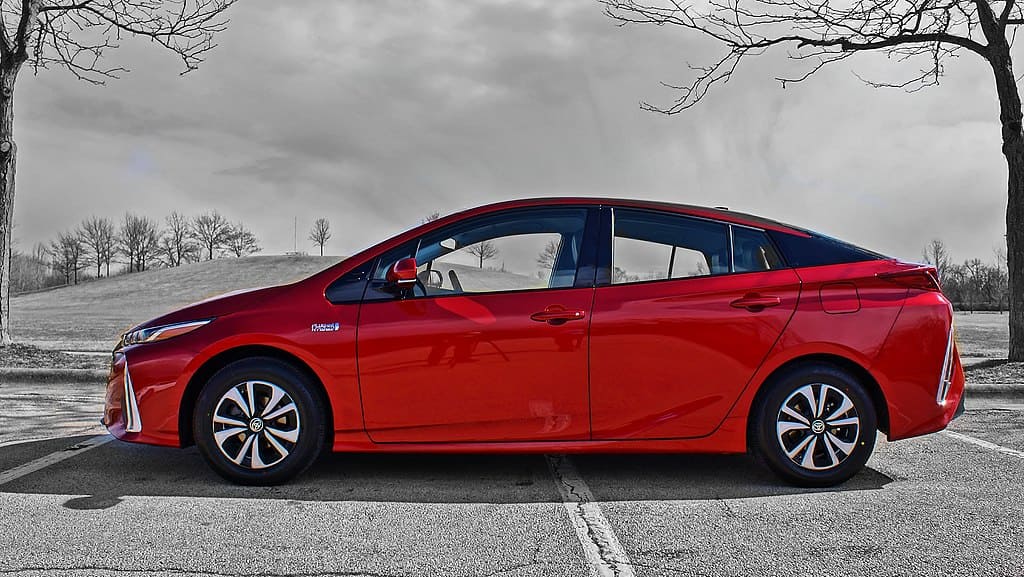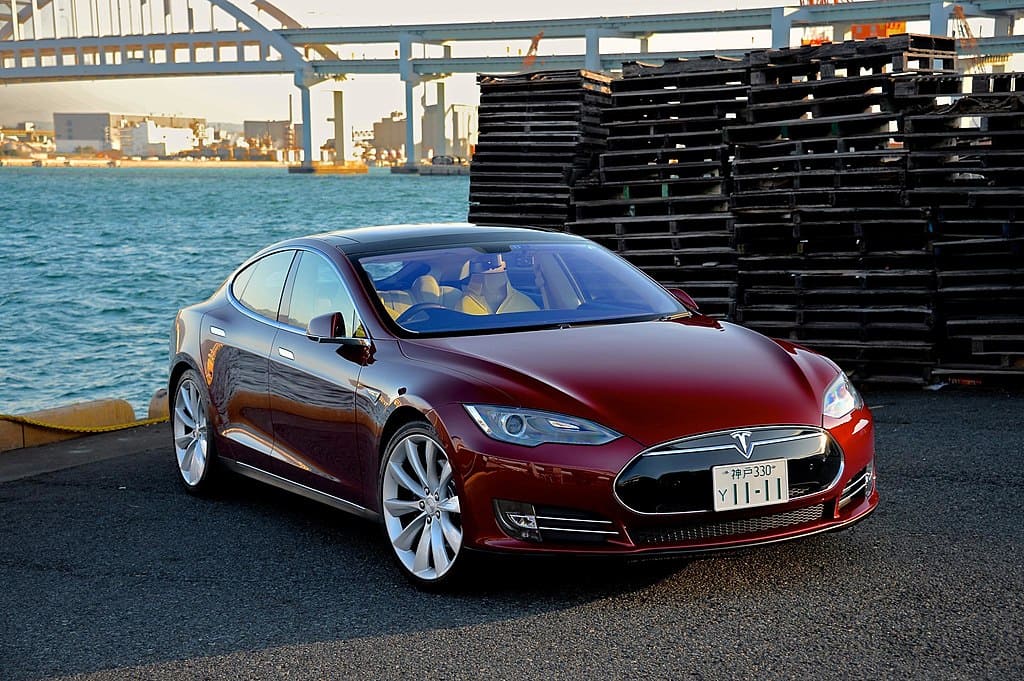Electric vehicles have been gaining popularity in recent years and for good reason. Not only are they environmentally friendly, but they also offer a smooth and quiet ride while saving drivers money on gas.
But did you know that electric vehicles come in different types? From fully electric to hybrid, there are various options to choose from.
Ahead, we’ll explore the different types of electric vehicles available on the market today. Ready to learn more? Fasten your seatbelts, and let’s get started!
What is an Electric Vehicle?

Simply put, an electric vehicle or EV is a car that is powered by electricity instead of gasoline. The vehicle uses an electric motor powered by rechargeable batteries, which can be charged from an external power source to run its wheels, such as a wall socket or a charging station.
EVs produce zero tailpipe emissions, making them a great alternative to traditional gas-powered vehicles, reducing our carbon footprint and keeping the air clean for future generations.
With so many advantages, it’s no wonder that more people are considering electric vehicles as a viable mode of transportation.
Types of Electric Vehicles
Currently, there are various EV types available. Here are some of them:
Hybrid Electric Vehicles
Hybrid electric vehicles, or HEVs for short, are a type of vehicle that combines an electric motor with an internal combustion engine (ICE).
Unlike fully electric vehicles, HEVs use gasoline to power their engines and recharge their batteries. The electric motor in an HEV assists the gasoline engine during acceleration and can also power the car at low speeds.
When the car is idle or coasting, the gasoline engine shuts off, and eventually, the electric motor takes over to save fuel.
Additionally, in some HEVs, the electric motor charges the battery while the gasoline engine is running.
Mild Hybrid Electric Vehicles

A mild hybrid electric vehicle, or MHEV for short, is a type of hybrid EV that uses a combination of an ICE and a small electric motor to power the vehicle. Some examples of this model are Ford Puma, Mercedes-Benz S 400 HYBRID, and Audi A8 Hybrid.
Unlike full hybrid electric vehicles, MHEVs do not have an electric-only mode. Instead, the electric motor in an MHEV supports the gasoline engine during acceleration and cruising and can also recover energy during braking.
As a result, it improves in terms of fuel efficiency and reduces emissions compared to traditional gasoline-powered vehicles.
However, the electric motor in an MHEV is smaller than that in a full hybrid or plug-in hybrid, so it cannot power the vehicle on its own.
Full Hybrid Electric Vehicles

A full hybrid electric vehicle, also known as a strong hybrid or full parallel hybrid, is a type of hybrid EV that can run on the electric motor or the gasoline engine separately or in combination.
The electric motor in a full hybrid vehicle is more powerful and can propel the car at low speeds and for short distances without using the gasoline engine. The gasoline engine, on the other hand, takes over when higher speeds are needed or when the battery charge is low.
Additionally, in some models, the gasoline engine charges the battery while driving.
Full hybrid electric vehicles offer the best of both worlds—the ability to run on pure electric power when needed and the range and power of a gasoline engine when required.
Examples of full hybrid electric vehicles include the Toyota Prius, Ford Fusion Hybrid, and Honda Accord Hybrid.
Plug-in Hybrid Electric Vehicles

Plug-in hybrid electric vehicles (PHEVs) are a type of hybrid electric vehicle that uses a combination of a traditional gasoline engine, an electric motor, and a larger electric car battery pack.
Unlike conventional hybrid vehicles, PHEVs can be charged from an external power source, such as a wall socket or a charging station. This additional electric-only mode allows for longer electric-only driving ranges and reduced emissions.
PHEVs operate in three modes: electric-only mode, hybrid mode, and gasoline-only mode.
In electric-only mode, the car is powered solely by the electric motor and can travel for a limited distance based on the battery’s charge.
Meanwhile, in hybrid mode, both the gasoline engine and the electric motor work together to provide power to the wheels while also recharging the battery pack.
In addition, in gasoline-only mode, the car functions like a traditional gasoline-powered vehicle, using only a gasoline engine to power the car.
The benefits of owning a PHEV include improved fuel efficiency, reduced emissions, and the ability to drive on pure electric power, depending on the battery’s charge level.
Additionally, PHEVs offer the flexibility of switching between gasoline and electric power and can be refueled at any gasoline station if their electric mode range runs out.
Examples of PHEVs include the Toyota Prius Prime, Chevrolet Volt, and the BMW i3.
Battery Electric Vehicles

Battery Electric Vehicles (BEVs) are powered by rechargeable batteries instead of gasoline or diesel fuel.
A BEV uses an electric motor to propel the vehicle, powered by a battery pack that stores energy from an external power source, like EV charging stations or wall sockets.
BEVs do not have an ICE, producing zero emissions during operation.
They typically have a range of 100-300 miles on a single charge, though it varies depending on the driving conditions as well as the size of the battery pack.
Once the battery is depleted, the vehicle must be recharged using an external power source, which can take several hours depending on the charging speeds and the battery’s size.
Examples of BEVs include the Tesla Model S, Nissan Leaf, and Chevrolet Bolt.
Fuel Cell Electric Vehicles

Fuel Cell Electric Vehicles (FCEVs) are electric vehicles that use an electrochemical cell (or fuel cell) to produce electricity from hydrogen gas.
The hydrogen that is fed into a fuel cell reacts with oxygen from the air to produce electricity, heat, and water vapor. This electricity then powers an electric motor, which propels the vehicle.
This type of vehicle is known for its high energy efficiency and zero-emission capabilities. Unlike battery electric vehicles, which require hours to recharge, FCEVs can be refueled in a matter of minutes, just like conventional gasoline-powered cars.
Additionally, they offer a longer driving range than battery electric vehicles, making them more suitable for long-distance travel.
Examples of FCEVs include the Toyota Mirai, Hyundai Nexo, and Honda Clarity Fuel Cell.
Solar Electric Vehicles

Solar electric vehicles (SEVs), or solar electric cars, are electric vehicles that use solar panels to generate electricity from sun rays in addition to a battery pack. They have roof-mounted solar panels that convert sunlight into electrical energy stored in the vehicle’s battery pack.
Ultimately, the electricity generated by the solar panels can be used to power the vehicle’s electric motor, extending its range and reducing the amount of energy required from an external source like a charging station or a wall socket.
SEVs offer several advantages over traditional electric vehicles. They can charge their battery while driving or parked, allowing them to provide additional range without relying on an external power source.
However, SEVs are not yet mainstream due to a few limitations. Solar panels have limited efficiency and capacity, so they may not provide enough power to meet all of a vehicle’s energy needs.
Additionally, SEVs may be more expensive than traditional EVs, as the cost of solar panels adds to the overall cost of the vehicle.
Some examples of SEVs include the Lightyear One, Sono Motors Sion, and Aptera Electric Vehicle.
Frequently Asked Questions
How do electric cars differ from hybrid cars?
Electric cars run solely on electricity stored in a battery and produce zero emissions, while hybrid cars combine electricity and gasoline and have shorter electric-only ranges.
What factors should I consider when choosing the right type of electric car for my needs?
When choosing an electric car, consider driving range, charging options, battery capacity, performance, price, environmental impact, and safety features.
Are all electric cars powered solely by batteries?
Currently, most electric cars are powered solely by rechargeable lithium-ion batteries that are charged primarily from an external source of electricity.
Conclusion
In conclusion, there are various EV options to choose from that cater to different driving needs and preferences, from hybrid to solar electric vehicles.
When choosing the right type of electric car for your needs, it’s important to consider factors such as driving range, charging options, battery capacity, performance, price, environmental impact, and safety features.
By evaluating these factors and staying up-to-date on the latest EV models and technologies, you can make an informed decision and find an electric car that fits your lifestyle and budget.
If you’re interested in being a cool EV driver, visit Kilowatt Cars now to find the best second hand electric vehicles for sale in Victoria or second-hand electric vehicles in Wodonga!






